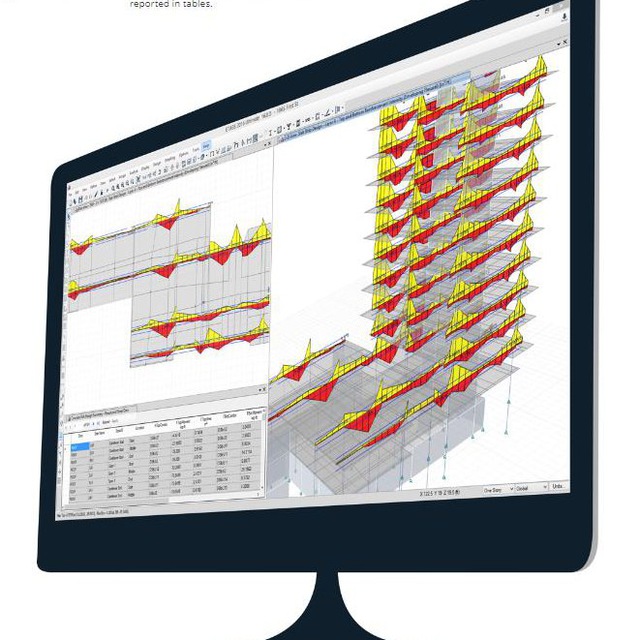In relation to the presence or absence of ductility in bending joints of steel structures
The fourth part:
Are connections allowed to break? The joints of steel structures, with few exceptions, are not designed to break, and if these joints are properly designed, they will not break under the actions considered during design. Although the underlying models and concepts can be useful, I personally think that the implementation of these models and concepts in design standards is often confusing and poorly implemented. I believe that leads to a kind of binary logic that may be reflected in some of these types of questions. In general, joints should not be designed in such a way that they fail in any case. However, there are exceptions to this rule. When designing for blast, progressive failure engineers design some joints (or members) to protect other parts of the structure or to limit the magnitude of the loads they can transmit. Is ductility important at the beam-to-column junction or at the plastic joint formation site? Ductility is generally very important for the design of steel structures. The ductile behavior of steel is an integral part of the design of steel structures, which was discussed in the previous explanations. Even if designed as nominally elastic, steel joints will exhibit some unusual behavior. Probably the most common examples of this abnormal behavior occur in bolted joints. The screws are located in holes that are larger than the diameter of the screw, and this creates a situation where initially the screws inside the hole transfer the stresses in a small area of the sheet, and in theory, very large stresses in the body of the screw and They are created in a concentrated manner in the sheet. If the connection was not malleable, this would lead to sudden failure and loss of the connection and thus the structure. If there is no ductility in the joints, a completely different design process must be used. Flexibility is very important. Given that joints must remain elastic, can we say in linear analysis that we expect ductility in flexural joints? I am not aware of any standard that states that joints must remain elastic. In my opinion, any standard that imposes such a requirement is invalid, because some abnormal behavior is inevitable in this connection. continues
[Join to channel: @mojtabaa_shiri]
This post is written by MOJTABA_SHIRI
